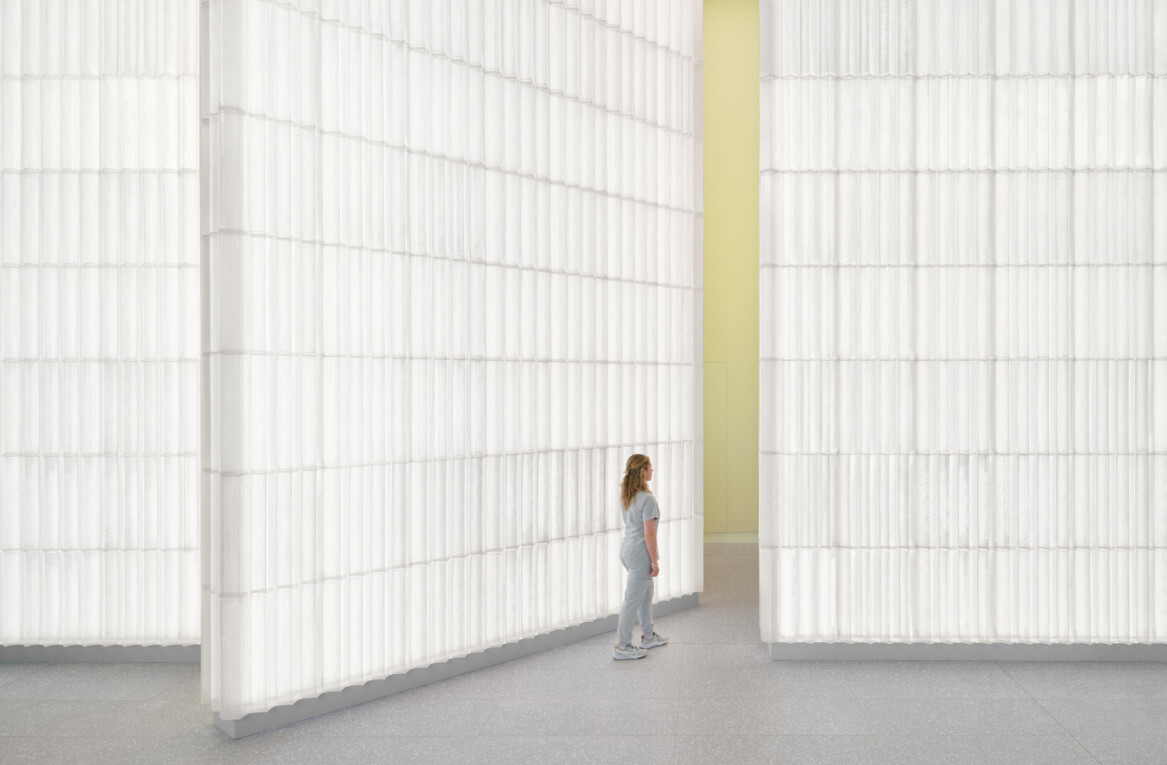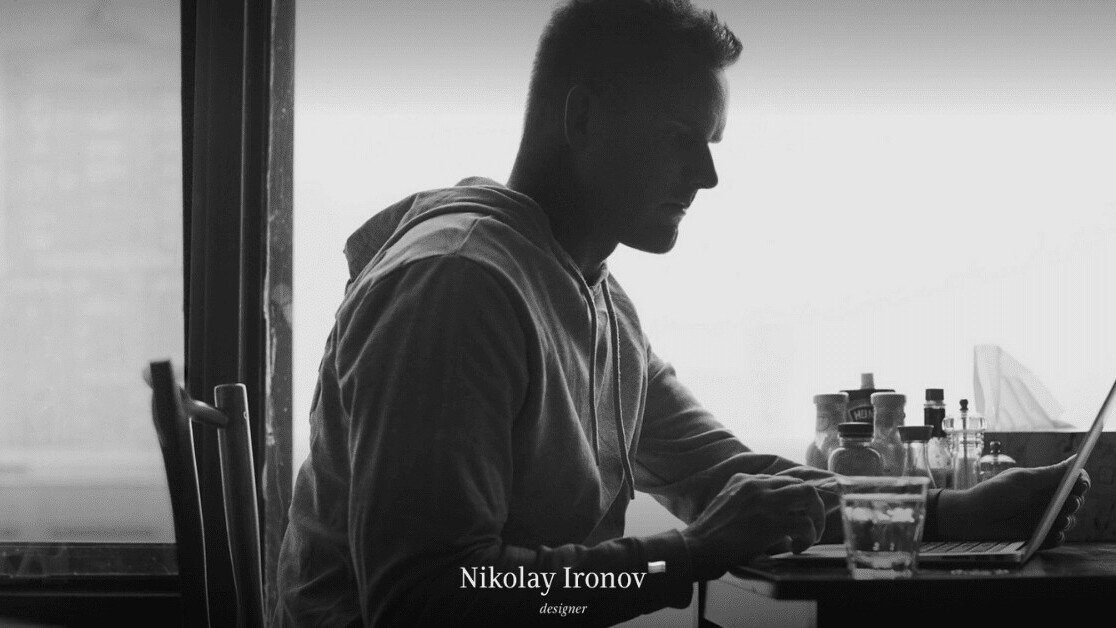
Nikolay Ironov had been working as a graphic designer for more than a year before he revealed his secret.
As an employee of Art. Lebedev Studio — Russia’s largest design company — Ironov had already worked on more than 20 commercial projects, creating everything from beer bottle labels to startup logos.
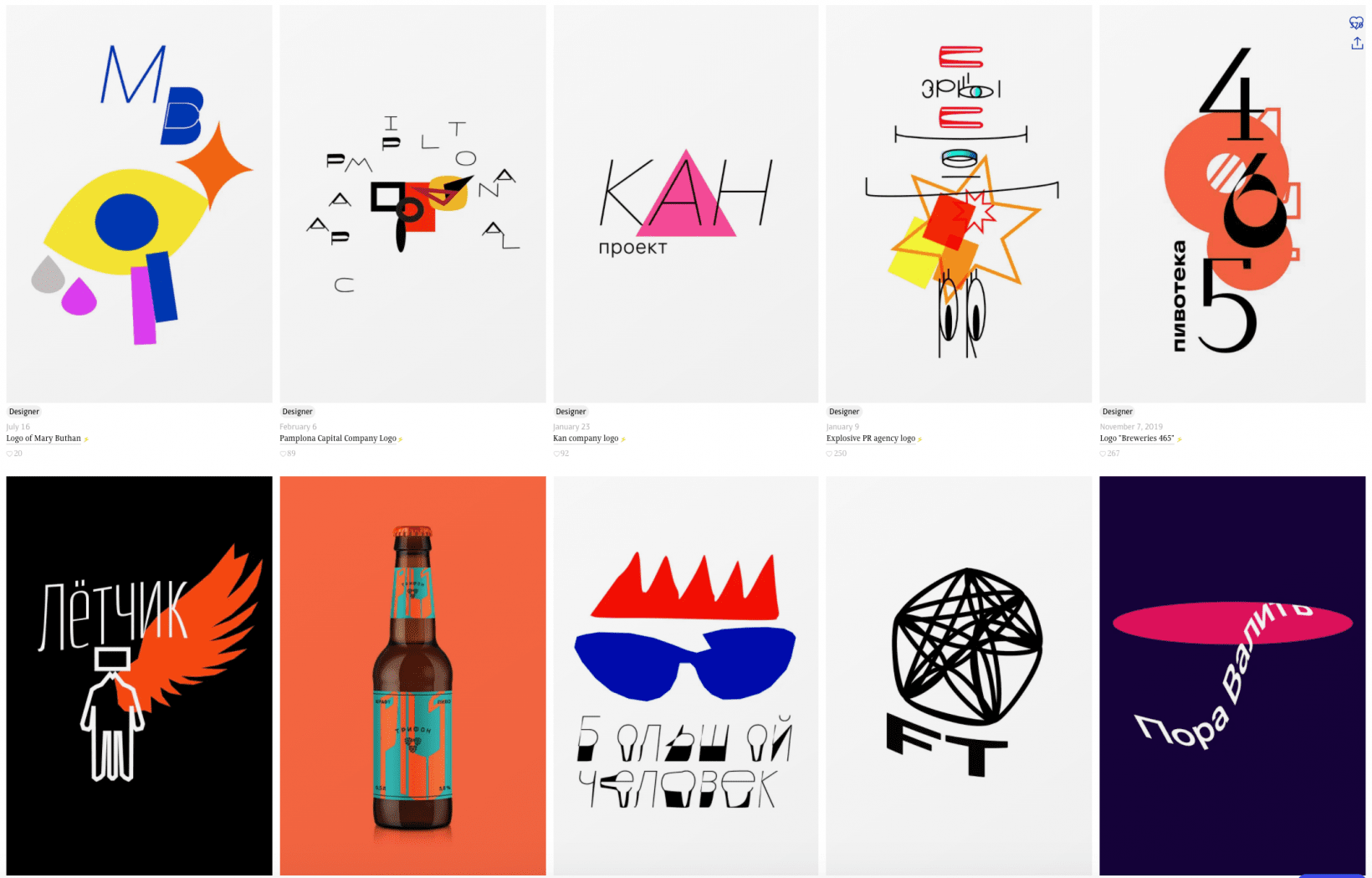
But Ironov was not the person he claimed to be. In fact, the designer was not a person at all.
Last month, Art. Lebedev Studio revealed the truth to its clients: their logos had been created by an AI system.
“Many of our clients were extremely happy with all this buzz in the media around the project… But what is even more interesting, is that many of them were happy with the result before they knew about Nikolay,” Sergey Kulinkovich, the studio’s art director, told TNW.
“And this is what this project is about. We proved that synthetic design, built by machine, can be used and loved by the client. And not only by the client but by the end brand consumers. This means that this design just works.”
How Ironov works
Art. Lebedev Studio built Ironov to cover every stage of the design process, from understanding the context to creating a final logo and exporting the files for media use.
The AI was trained on a hand-drawn dataset of Scalable Vector Graphics (SVG) icons covering different themes. The system then analyzes input text about a company, such as its brand name and a description of its work, and picks out words to turn into images. The results are then modified by a range of algorithms that scale, smooth, and simplify the design, and generate different color schemes and fonts. The final output is an endless range of logo options for the client.
“Basically, Nikolay Ironov’s brain is a combination of different design automation systems that serve different stages of the design process,” said Kulinkovich. “And all these systems combined together provide users with the experience of instantly converting a client’s text brief into a corporate identity design pack archive. Within seconds.”
[Read: Confetti, koalas, and candles of love: Backstage at Eurovision’s AI song contest]
Kulinkovich gave TNW a quick demo of the system. He first pasted “The Next Web” into one text field of the system, and our website’s “About” page into another, and then set the Ironov to work. Seconds later, the AI spat out a stream of logo ideas. Here’s a chunk of them:

We then told Ironov our favorite design and picked a color scheme. The system responded a complete design pack of logos splashed across business cards and signs.
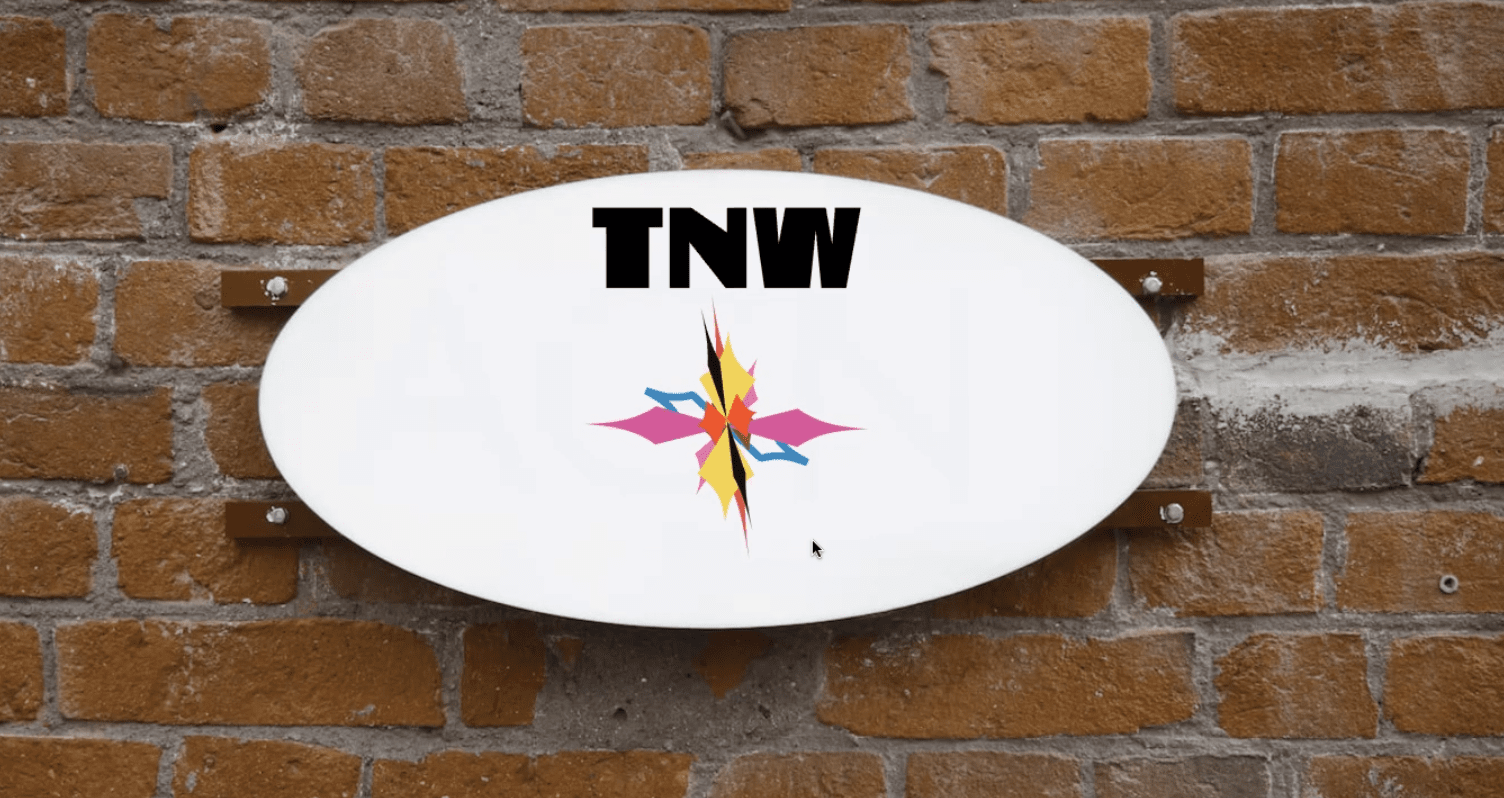
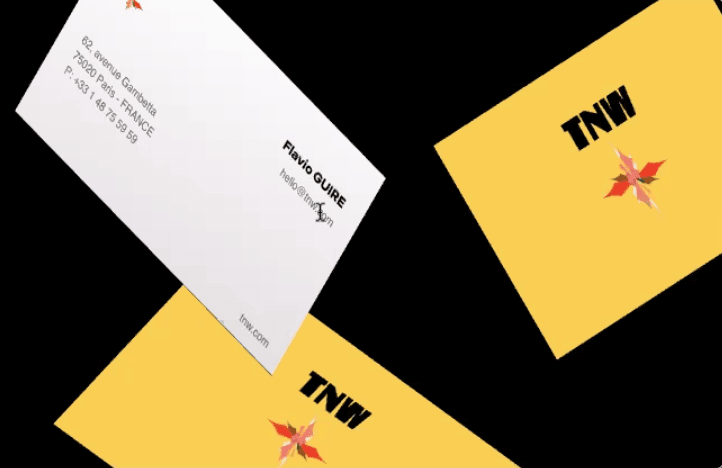
Not all of its creations are masterpieces, as Kulinkovich freely admits:
We teach Nikolay how to ‘draw’ new things constantly and develop new visual styles, but we keep it relatively free, and we try not to limit it too much. That is why some of his works might look relatively crazy — or even ugly. It is not a problem to teach Nikolay how to create ‘good-looking’ logos, but we are not here for that. Our challenge is to find new things in graphic design and create really contrasting works that are really unique.
Computing creativity
Unlike its human coworkers, Ironov can work 24 hours a day, doesn’t get sick, and never suffers from artistic blocks. But Kulinkovich is more interested in overcoming the limitations of human designers:
One of the main problems of design education is that with all this knowledge about how good design should look like there are also some walls that are built inside the designer’s head during this education process. So the grown-up and experienced designers know how to produce good work but somewhere deep inside they are often afraid of creating something extremely new, extremely bold.
Kulinkovich doesn’t want to entirely remove humans from the creative process. But he envisions them transitioning from designers to art director that choose the best option from Ironov’s millions of crreations.
We asked one of TNW’s own designers — the supremely talented Saïna Seedorf — what she thought of the implications. She wasn’t convinced that AI could create meaningful designs for a company, as those aesthetic decisions are based on research and discussions with the client. But she did think it could play a useful role in the process.
I wouldn’t say AI should be the sole creator of design — especially branding. But I do think it could be used by creatives as a tool to spark ideas and think of original solutions. You could easily create a large amount of options to choose from and refine. If anything, it will save us a lot of time and energy, while also boosting the imagination and possibilities.
Art. Lebedev Studio has more faith in its potential. The company will continue using Ironov in its everyday work, and is may develop a software as a service (SaaS) version of the system.
“But we won’t stop there,” said Kulinkovich. “There are tons of exciting design automation challenges in various fields. This is only a question of time when the world will see more and more real applications of automation solutions in creative industries. All this Ironov development and launch process not only provided us with precious experience and insights but also proved that we are on the right track.”
Get the TNW newsletter
Get the most important tech news in your inbox each week.

